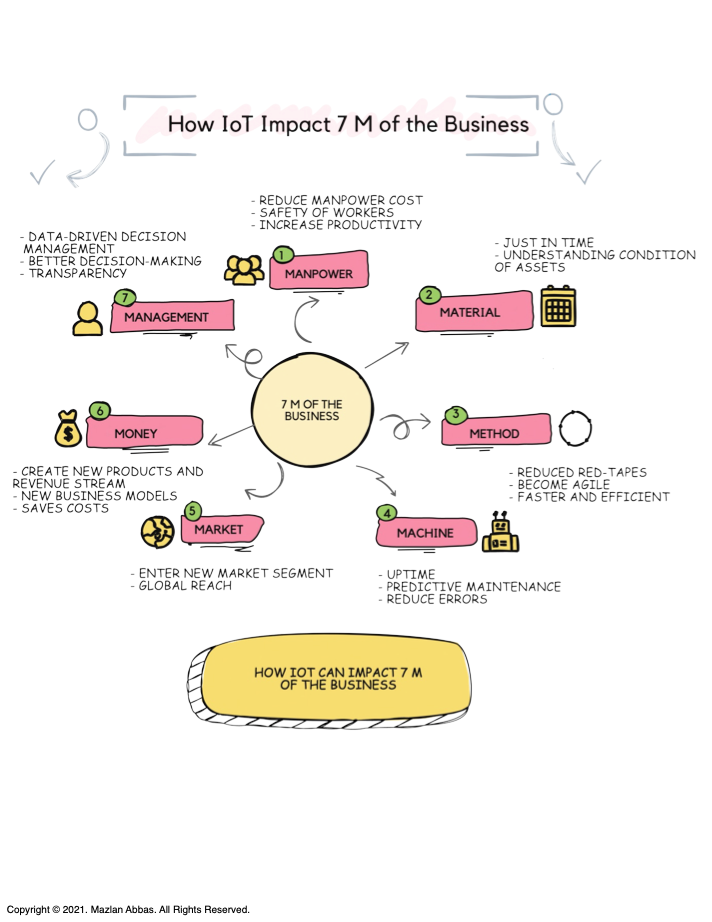
Simplest Reasons Why We Need IoT
January 4th, 2025 Posted by favoriotadmin BLOG 0 thoughts on “Simplest Reasons Why We Need IoT”Today, we’ll discuss why the Internet of Things (IoT) is becoming essential in our daily lives.
The diagram simplifies this concept by focusing on assets, how we connect them, and why sensing the environment is so important. Let’s break it down step by step.

1. What Are Assets?
Let’s start with a question: What do you consider as assets?
We value and want to monitor, track, or protect assets. These could include:
Goods:
- We would like to know their location (e.g., where is my delivery?)
- Or their quality (e.g., is the food shipment fresh?)
Health:
- Monitoring our condition and ensuring safety are critical.
- Example: A health wearable that tracks your heart rate and connects to a mobile app.
Transport:
- Vehicles and public transportation must be tracked for location, routes, and utilisation.
- Example: A bus fleet monitored for efficient route planning.
House Security:
- Ensuring homes are safe by monitoring for intrusions or emergencies.
- Example: A motion sensor that alerts you if there’s unusual activity.
2. The Core Need: Connecting Assets and Sensing the Environment
Why do we need IoT for these assets?
The key lies in sensing and connecting the environment around these assets.
- In the past, we relied on manual monitoring and human input.
- Today, we use sensors and applications to gather real-time data and automate processes.
3. How IoT Works
Sensors: Devices attached to assets to sense environmental factors like temperature or humidity.
- Example: A sensor measuring the humidity in a storage facility for sensitive goods.
Communication: Sensors send this data to an IoT platform for processing and action.
- Example: A sensor alerts the homeowner if the temperature inside the house drops below a certain threshold.
4. Examples of Other Assets
IoT can be applied to monitor a wide variety of assets, such as:
- Machines: For predictive maintenance in factories.
- Plants: To ensure optimal growth conditions in agriculture.
- Water and Rivers: These are used to monitor pollution or water levels.
- Environment: For tracking air quality and weather changes.
- Buildings and Tunnels: For structural safety and efficiency.
5. Why IoT Is Essential
IoT provides us with the ability to:
- Monitor assets in real time without human intervention.
- Ensure safety and quality by automating alerts and responses.
- Improve efficiency by making data-driven decisions.
Final Thoughts
The most straightforward reason we need IoT is to connect our assets and sense the environment effectively.
By doing so, we make life easier and ensure safety, efficiency, and better decision-making.
Let’s discuss: What assets in your life or work could benefit from IoT? How would you use sensors to improve them? Share your thoughts!
[FREE Download IoT Notes]



